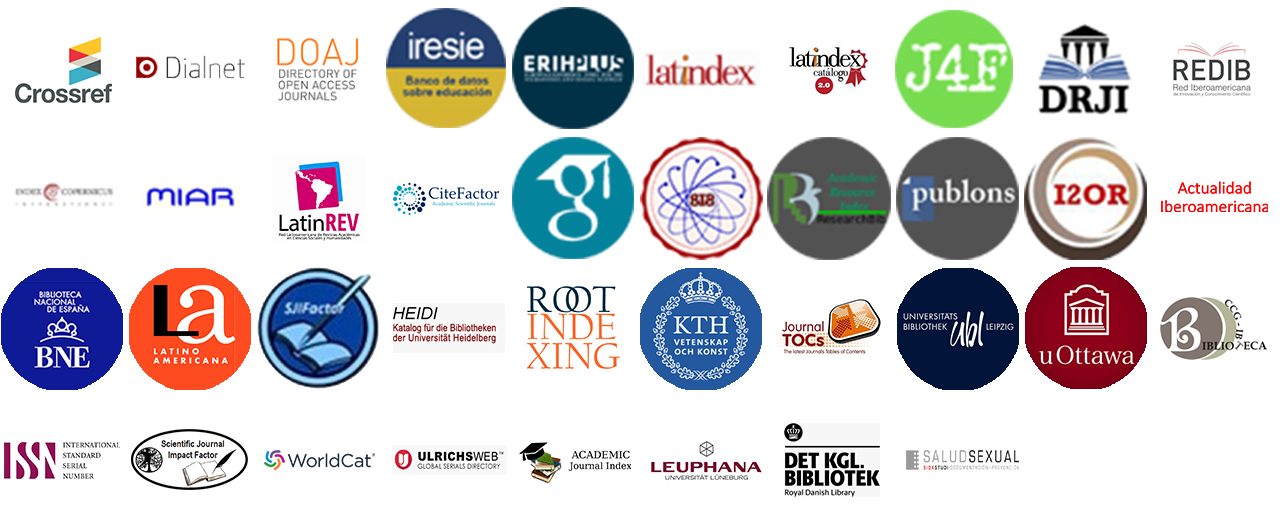SCHEMES OF FINGERPRINTING AS PROTECTION OF COPYRIGHT
DOI:
https://doi.org/10.36825/RITI.06.11.002Keywords:
Fingerprinting, Copyright, SecurityAbstract
One of the opportunities offered by the Internet is the ease of distributing digital products; such is the case that a large part of the productive sectors has used the network as a natural means of information exchange. The use of digital documents, in addition to facilitating their distribution and management, allows their transformation well or maliciously by the community of users of the product. As a result, new problems arise regarding the implementation of copyright and distribution rights in digital content. This research attempts to address the issue related to security in digital documents, which in recent times have been increasing. It will explain what is Fingerprinting regarding to help to protect copyright, as well as its most commonly used techniques. Going through the need of its implementation until reaching the explanation of these tools. All this to raise awareness about how you can try to protect these rights, but emphasizing that currently there is no 100% method capable of avoiding piracy.
References
Casademont Serra, J. Redes, sistemas y servicios avanzados de telecomunicación. Apuntes de la asignatura. UPC, 2006.
Mengual Galán, L. (s.a.). Arquitecturas de Seguridad. Recuperado de: http://www.personal.fi.upm.es/~lmengual/ARQ_REDES/Arquitecturas_Seguridad.pdf.
Correa Haro, J. P. (2008). Estudios de los Aspectos Técnicos a Considerarse para la Implementación de Redes de Nueva Generación Next Generation Networks (NGN) Orientadas a la Telefonía Móvil. (Tesis Doctoral). Escuela Politécnica Nacional. Quito.
Stalling, W. (2005). Cryptography and Network Security Principles and Practices. Prentice Hall, 4ta. Edición. USA.
Michael, A.; Martin, S.; Wolthusen, S. D. Techniques and applications of digital watermarking and content protection. Artech House, Boston, 2003.
Katzenbeisser, S.; Petitcolas F. A. P. Information hiding techniques for steganography and digital watermaking. Artech House, Boston, 2000.
Yang, B.; Piyuan L.M Zhang W. An Efficient Anonymous Fingerprinting Protocol. IEEE International Conference on Computational Intelligence and Security, 2006, pp.1464-1469.
Boneh, D.; Shaw, J. Collusion-Secure Fingerprinting for Digital Data. IEEE Transaction on Information Theory, vol. 44, 5 (1998), pp. 1897-1905.
Pfitzmann B.; Schunter M. (1996). Asymmetric Fingerprinting. In: Maurer U. (eds) Advances in Cryptology — EUROCRYPT 1996. Lecture Notes in Computer Science, vol 1070. Springer, Berlin, Heidelberg.
Pfitzmann, B.; Waidner, M. Collusion-Secure Fingerprinting for Digital Data. Advances in Cryptology, EUROCRYPT, LNCS 1233, SpringerVerlag, Berlin, 1997, pp. 88-102.
Fernández, M.; Soriano, M.; Domínguez, J.; Sebé, F. Esquemas de fingerprinting para protección de derechos de distribución. Novática, no. 160, 2002
Jianxin Yan, J.; Wu, Y. An attack on a traitor training scheme. 2001.
Fiat, A.; Tassa, T. Dynamic Traitor Tracing. Journal of Cryptology, Israel, 2001.
Chor, B., Fiat, A., Naor, M. (1995). Tracing Traitors. IEEE Trans Inf Theory. 46: 257-270. doi:10.1007/3-540-48658-5_25.
Published
How to Cite
Issue
Section
License
Copyright (c) 2018 Revista de Investigación en Tecnologías de la Información

This work is licensed under a Creative Commons Attribution-NonCommercial 4.0 International License.
Esta revista proporciona un acceso abierto a su contenido, basado en el principio de que ofrecer al público un acceso libre a las investigaciones ayuda a un mayor intercambio global del conocimiento.
El texto publicado en la Revista de Investigación en Tecnologías de la Información (RITI) se distribuye bajo la licencia Creative Commons (CC BY-NC
 ), que permite a terceros utilizar lo publicado citando a los autores del trabajo y a RITI, pero sin hacer uso del material con propósitos comerciales.
), que permite a terceros utilizar lo publicado citando a los autores del trabajo y a RITI, pero sin hacer uso del material con propósitos comerciales.



